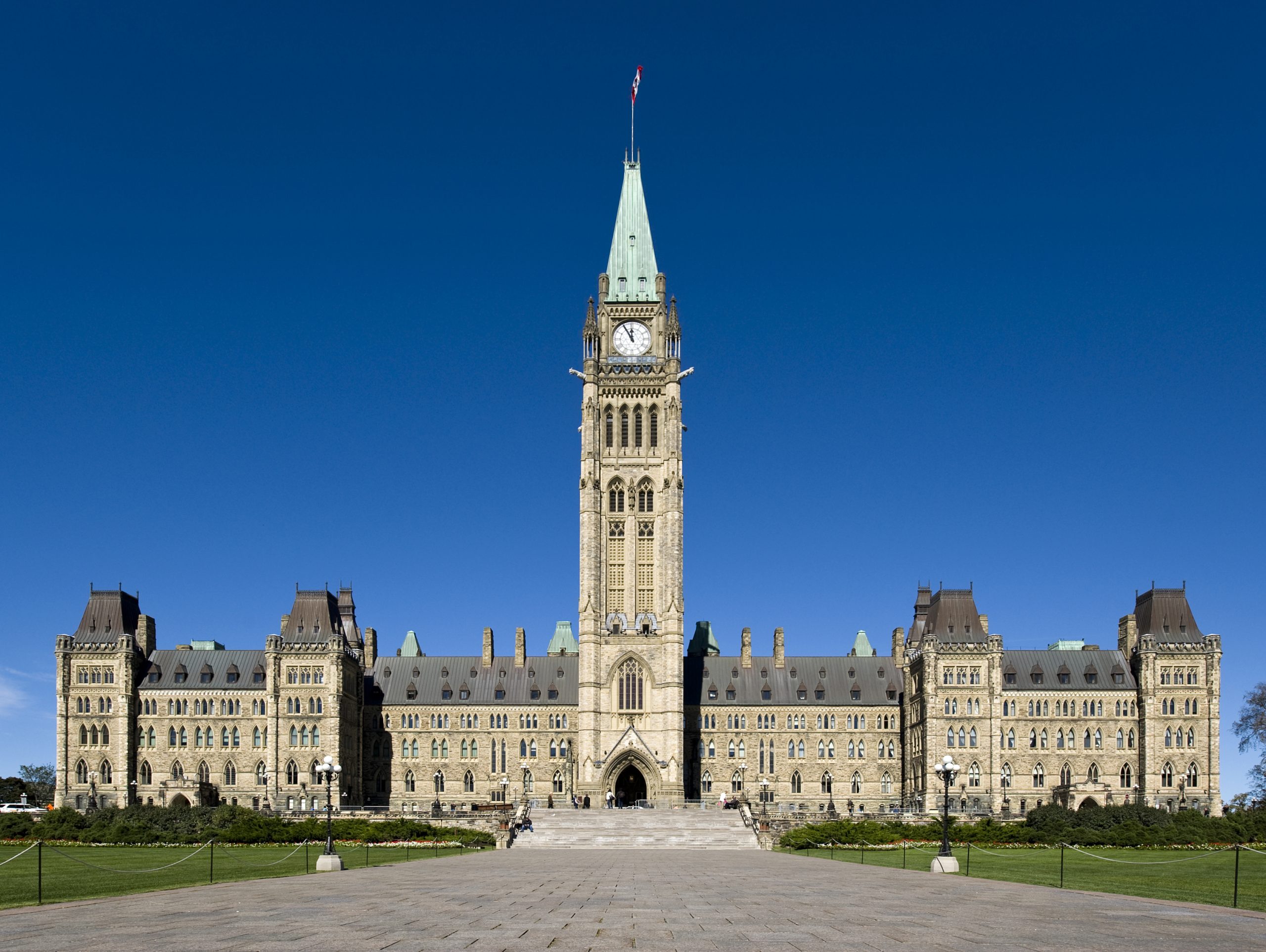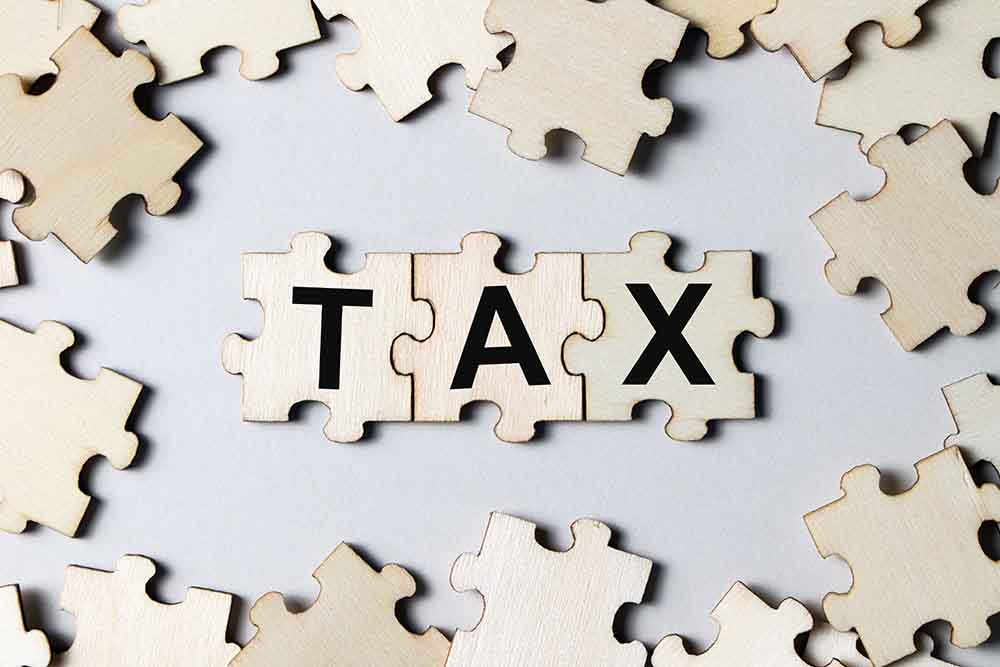Toronto — You have a problem. You are the finance minister of a province whose near neighbours are Canada’s most vigorous tax cutters, and you would like to persuade your citizens (many of whom vote) that even though your provincial tax rates are much higher, they are still getting a very good deal.
What do you do? If you’re the minister of finance for Manitoba or Saskatchewan, you draw up elaborate comparisons showing that Manitobans and Saskatchewanians are lucky to live where they do. It’s better here, runs the not-so-subtle message, than in those next-door hellholes of Ontario and Alberta where taxes may be low, but the cost of living is harrowingly high.
It’s all part of the annual ritual of spinning the contents of the provincial budget.
In every budget, Canada’s governments take a stab at explaining just how much families and individuals will pay in taxes this year. In most cases, it’s a simple set of numbers illustrating what taxes will be paid by, for example, a single person with a $20,000 income, or a four-person family with an income of $40,000.
Most provinces leave it at that. But in the West, governments take the process one step further, publishing elaborate interprovincial comparisons. The trick, of course, is to cast your own province in the best possible light.
This poses a special problem for Manitoba and Saskatchewan, whose tax rates are higher than those of the two big provinces to their west and east. Worse, Alberta and Ontario are both moving to cut taxes even more.
Manitoba and Saskatchewan don’t need this kind of competition. Saskatchewan’s population has fallen in the past year, while Manitoba’s is growing more slowly than any province west of the Ottawa River. To keep the people they have, they have to work hard to deliver a positive message.
What each does (and has done for several years) is quite clever. In their budgets, both include tables comparing taxes in all 10 provinces, just as Alberta and British Columbia do. But Manitoba and Saskatchewan go one step further; they compare selected living costs in all provinces as well.
Manitoba’s latest budget is a good example of this device. It was the last of the 10 to appear this year, so its comparison with other provinces is the most current. To keep this simple, we will focus on the figures for a family of four (one earner, one spouse, two children) with an income of $60,000.
If you look solely at provincial income taxes, including medicare premiums, Manitoba looks bad. Its taxes are the highest in Canada, followed by Quebec and Saskatchewan. But if you add in the costs of provincial sales and gasoline taxes (lower in Manitoba and Saskatchewan than elsewhere), the picture changes.
When all provincial levies are totted up, Manitoba — at nearly $8,100 — has slid to fifth place in the provincial-tax ranks, behind Newfoundland, Quebec, New Brunswick and Nova Scotia, while Saskatchewan (almost $7,800) has fallen to seventh, just behind Prince Edward Island.
That still leaves British Columbia, Ontario and Alberta as lower-tax provinces, the latter two by a huge margin. Can we tilt the balance a bit further? Yes, we can.
For each province, Manitoba and Saskatchewan add estimates of what it costs to carry a mortgage, pay property taxes and cover the cost of home heating, auto insurance, electricity and telephone service. According to the Manitoba figures, those items add up to about $10,400 in Saskatchewan and $10,900 in Manitoba, making them the lowest-cost provinces in Canada. Ontario, B.C. and Alberta are the top three.
When you add these living costs to the tax burden, Saskatchewan comes off best at about $18,200, while Manitoba, at just under $19,000, is roughly tied with Alberta. The worst provinces, by this reckoning, are B.C. ($25,000) and Ontario ($23,900).
Why move, goes the subtext, when life is so good right here at home?
Numerically, there’s nothing wrong with this approach. But it may contain a rather different subliminal message. Some readers of the budget figures might note that the biggest reason for Manitoba’s cost gap with Ontario and Alberta is the much higher cost of a mortgage in those two provinces. Mortgage costs are high because house prices are high, and house prices are high because a lot of people keep moving to Ontario and Alberta.
No doubt the Manitoba and Saskatchewan governments didn’t intend to trigger this unfortunate line of thinking in their residents by presenting such figures. And other provinces, out of sheer courtesy, would never point it out.
But when you look at this year’s Alberta budget, you wonder if the provincial government hasn’t found a sly way to draw attention to this notion. It includes a chart, from a 1998 survey by Angus Reid Group, that casts Manitoba in a less-than-favourable light.
Those surveyed were asked whether they would remain where they are even if offered a chance to live elsewhere with no reduction in their standard of living. More than 80 per cent of Vancouverites would stay put, as would more than 70 per cent of Calgarians and more than 50 per cent of those living in Edmonton and Toronto.
For Winnipeg, the figure was less than 40 per cent. Ouch.


